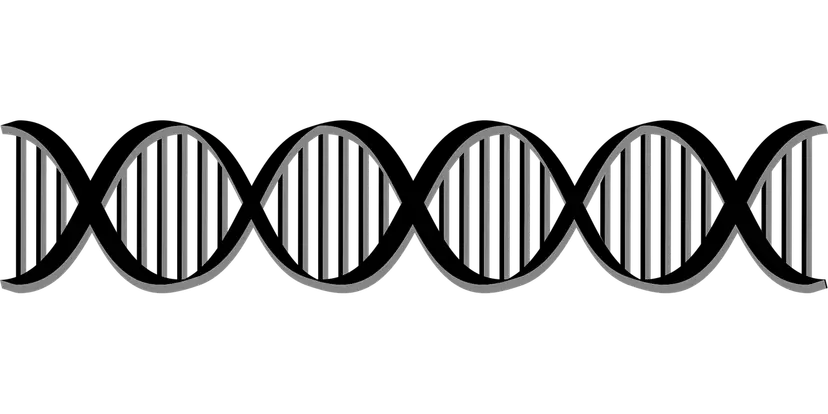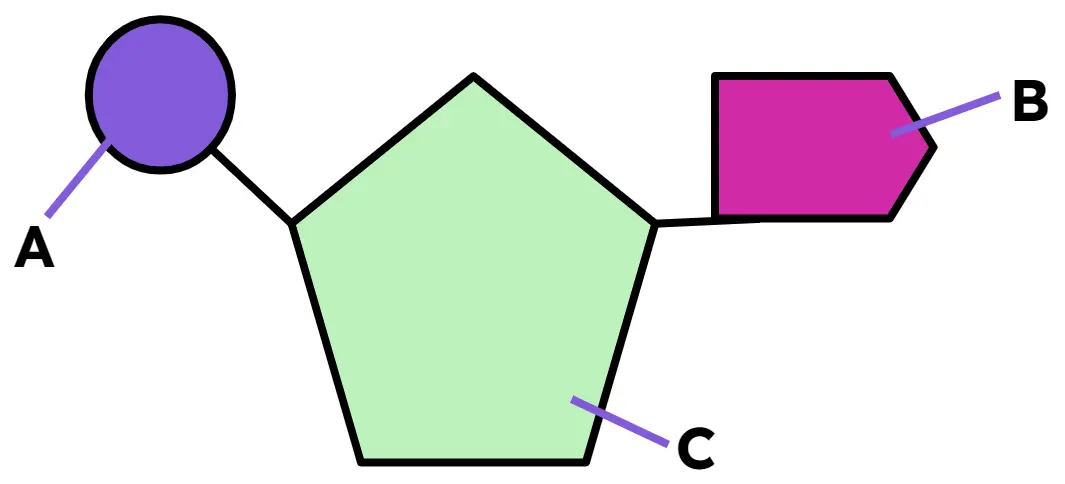Myths about teaching can hold you back
- Year 10
- Edexcel
- Foundation
The structure of DNA: including nucleotides
I can describe the structure of DNA and how DNA is copied during mitosis.
- Year 10
- Edexcel
- Foundation
The structure of DNA: including nucleotides
I can describe the structure of DNA and how DNA is copied during mitosis.
These resources were made for remote use during the pandemic, not classroom teaching.
Switch to our new teaching resources now - designed by teachers and leading subject experts, and tested in classrooms.
Lesson details
Key learning points
- DNA is made of two strands, each a long polymer of nucleotides, wound together in a double helix shape.
- DNA is a polymer of four different nucleotides (A, C, G and T).
- Nucleotides in each strand of DNA pair up in a complementary way; A pairs with T, and C pairs with G.
- The DNA in chromosomes is unwound & copied during interphase, then the copies separate and the cell divides by mitosis.
- Complementary base pairing allows an exact copy of each ‘unzipped’ DNA strand to be made from free nucleotides.
Keywords
DNA - A polymer with a double helix structure that carries the genetic information.
Mitosis - A type of cell division that produces genetically identical cells.
Nucleotides - Individual subunits that make up DNA.
Polymer - A long chain of repeating subunits.
Complementary base pairing - Bases form pairs with one other base: A pairs with T, and C pairs with G.
Common misconception
Students may think that each strand of DNA is the same without recognising one strand is inverted.
The slides specifically mention the second strand is inverted and this is also reinforced using diagrams of inverted nucleotides wherever possible.
To help you plan your year 10 combined science lesson on: The structure of DNA: including nucleotides, download all teaching resources for free and adapt to suit your pupils' needs...
To help you plan your year 10 combined science lesson on: The structure of DNA: including nucleotides, download all teaching resources for free and adapt to suit your pupils' needs.
The starter quiz will activate and check your pupils' prior knowledge, with versions available both with and without answers in PDF format.
We use learning cycles to break down learning into key concepts or ideas linked to the learning outcome. Each learning cycle features explanations with checks for understanding and practice tasks with feedback. All of this is found in our slide decks, ready for you to download and edit. The practice tasks are also available as printable worksheets and some lessons have additional materials with extra material you might need for teaching the lesson.
The assessment exit quiz will test your pupils' understanding of the key learning points.
Our video is a tool for planning, showing how other teachers might teach the lesson, offering helpful tips, modelled explanations and inspiration for your own delivery in the classroom. Plus, you can set it as homework or revision for pupils and keep their learning on track by sharing an online pupil version of this lesson.
Explore more key stage 4 combined science lessons from the Cell division: mitosis and meiosis unit, dive into the full secondary combined science curriculum, or learn more about lesson planning.

Licence
Prior knowledge starter quiz
6 Questions
Q1.This image shows a model of ...

Q2.Which of the following is the definition of a polymer?
Q3.Match each structure to its correct definition.
Contains DNA and controls cell activities.
Made from coiled DNA; humans have 23 pairs in their nuclei.
A polymer with a double helix structure; carries the genetic material.
Q4.What happens during interphase in the cell cycle?
Q5.Which type of cell division creates two genetically identical cells?
Q6.Which term describes a cell with a membrane bound nucleus?
Assessment exit quiz
6 Questions
Q1.Which words describe the structure of DNA?
Q2.DNA is made from single repeating subunits called ...
Q3.Which of these statements about DNA are true?
Q4.What is complementary base pairing?
Q5.Which of the following statements about copying DNA are true?
Q6.Use the diagram to match the letter to the correct part of the nucleotide.

phosphate
base
sugar


